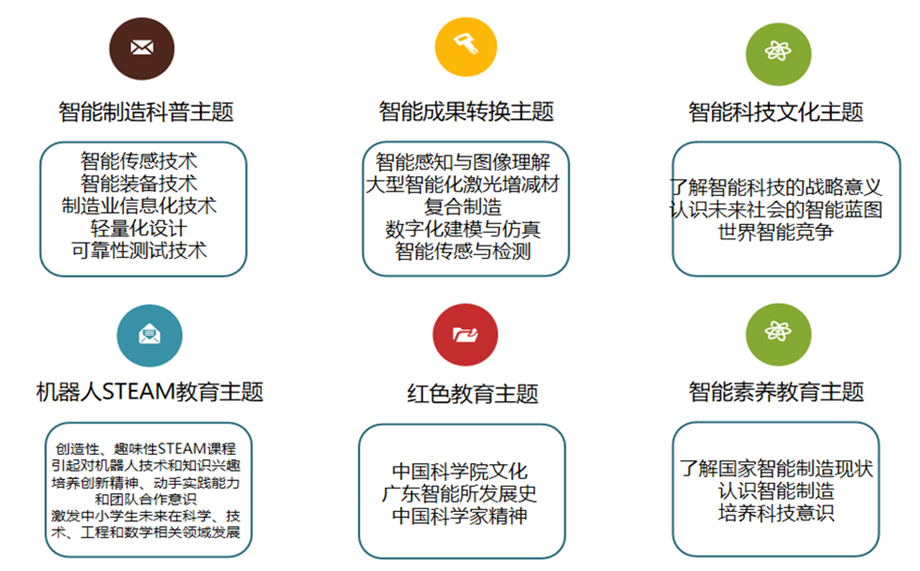2025年02期 v.46 48-53页
陈其琛 杨其宇
(广东工业大学,广东 广州 510006)
摘要:多种室颤心电特征组合虽然可以提高除颤结果预测的准确率,但当算法部署在硬件条件有限的嵌入式设备上时,计算资源紧张;此外,室颤心电特征之间可能存在冗余,造成计算资源浪费。为此,提出一种粗糙集与径向基函数(RBF)神经网络融合的除颤结果预测算法。首先,从室颤心电波形数据集中提取室颤心电特征;然后,利用基于属性重要度的约简算法对室颤心电特征进行属性约简;最后,采用约简后的室颤心电特征数据集训练RBF神经网络,实现除颤结果预测。实验结果表明,该算法可有效降低模型占用空间,提高除颤结果预测的速度与准确率。
关键词:粗糙集;径向基函数神经网络;除颤结果预测;室颤心电特征;属性约简
中图分类号:R318.04; TP391.4 文献标志码:A 文章编号:1674-2605(2025)02-0007-06
DOI:10.12475/aie.20250207 开放获取
Defibrillation Outcome Prediction Algorithm Integrating Rough Set and Radial Basis Function Neural Network
CHEN Qichen YANG Qiyu
(Guangdong University of Technology, Guangzhou 510006, China)
Abstract: Multiple combinations of ventricular fibrillation electrocardiogram features can improve the accuracy of defibrilla-tion outcome prediction. However, when algorithms are deployed on embedded devices with limited hardware resources, computational capacity becomes constrained. Additionally, there may be redundancy among ventricular fibrillation electrocardiogram features, leading to inefficient use of computational resources. To address these issues, this study proposes a defibrillation outcome prediction algorithm that integrates rough set theory and a radial basis function (RBF) neural network. First, ventricular fibrillation electrocar-diogram features are extracted from the ventricular fibrillation electrocardiogram waveform dataset. Then, an attribute reduction algorithm based on attribute importance is applied to reduce redundant features. Finally, the reduced ventricular fibrillation electro-cardiogram feature dataset is used to train the RBF neural network for defibrillation outcome prediction. Experimental results demon-strate that this algorithm effectively reduces model storage requirements while improving prediction speed and accuracy.
Keywords: rough set; radial basis function neural network; defibrillation outcome prediction; ventricular fibrillation electrocardiogram features; attribute reduction
























































